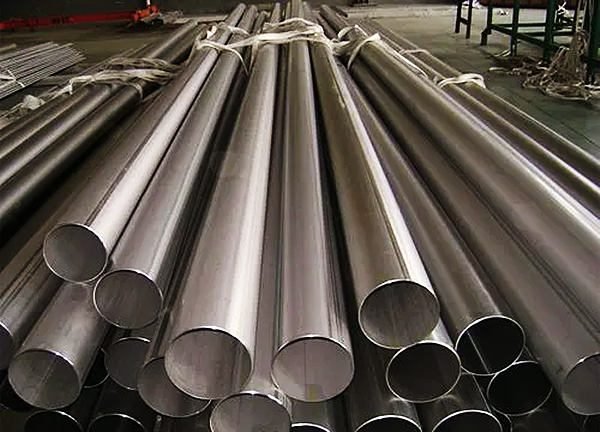Benefits of Stainless Steel Tubing
Introduction: Stainless steel tubing is a versatile and highly durable material that finds extensive use in various industries and applications. Its exceptional properties make it an ideal choice for conveying fluids, gases, and solids in a wide range of environments. In this blog, we will explore the characteristics, applications, and advantages of stainless steel tubing.
- Characteristics of Stainless Steel Tubing:
- Corrosion Resistance: Stainless tubing exhibits excellent resistance to corrosion, making it suitable for use in harsh and corrosive environments.
- Strength and Durability: Stainless steel possesses high strength and durability, ensuring the longevity and reliability of tubing systems.
- Heat and Cold Resistance: 304 steel tubing can withstand extreme temperatures, making it suitable for both high-temperature and cryogenic applications.
- Hygienic Properties: Stainless steel has smooth surfaces that are easy to clean, making it an excellent choice for applications requiring sanitary conditions.
- Aesthetic Appeal: Stainless steel tubing offers a visually appealing finish, lending a modern and sophisticated look to various architectural and design projects.
- Applications of Stainless Tubing:
- Industrial Sector: Stainless tubing is extensively used in industries such as oil and gas, chemical processing, food and beverage, pharmaceuticals, and automotive manufacturing. It serves as a reliable conduit for transporting liquids, gases, and chemicals.
- Construction and Architecture: 18 inch 304 tubing finds application in structural components, handrails, balustrades, and decorative elements due to its aesthetic appeal and corrosion resistance.
- Medical and Healthcare: Stainless tubing is widely utilized in medical devices, surgical instruments, and hospital equipment due to its biocompatibility and ease of sterilization.
- Automotive Industry: Stainless steel tubing is employed in exhaust systems, fuel lines, hydraulic systems, and heat exchangers in automobiles, thanks to its corrosion resistance and durability.
- Aerospace and Aviation: Stainless tubing is used in aircraft hydraulic systems, fuel lines, and instrumentation due to its ability to withstand high-pressure environments and extreme temperatures.
- Advantages of Stainless Steel Tubing:
- Corrosion Resistance: Stainless steel’s resistance to corrosion ensures the longevity and reliability of tubing systems, reducing maintenance costs.
- Strength and Durability: Stainless tubing can withstand high pressures and mechanical stresses, making it suitable for demanding applications.
- Hygienic and Easy to Clean: The smooth surface of stainless steel tubing prevents bacterial growth and allows for easy cleaning, making it ideal for applications requiring sanitary conditions.
- Aesthetic Appeal: Stainless steel tubing adds a touch of elegance and sophistication to architectural and design projects.
- Recyclability: Stainless steel is 100% recyclable, making it an environmentally friendly choice.

Conclusion: Stainless steel tubing stands out as a versatile and reliable material across various industries and applications. Its exceptional properties, including corrosion resistance, strength, durability, and aesthetic appeal, make it a preferred choice for conveying fluids, gases, and solids. Whether in industrial settings, construction projects, medical devices, or automotive applications, stainless steel tubing continues to demonstrate its value as a durable and efficient solution.

